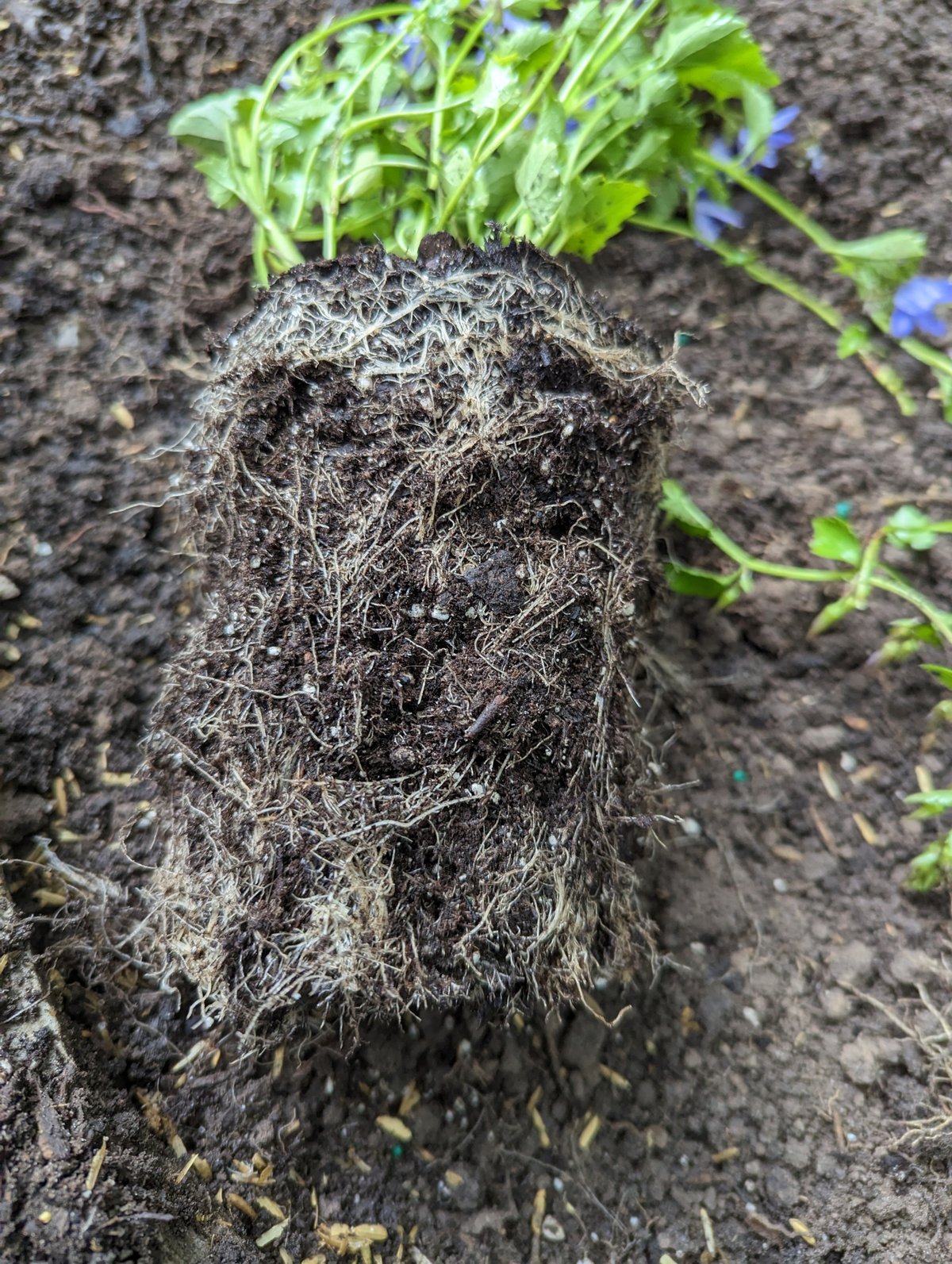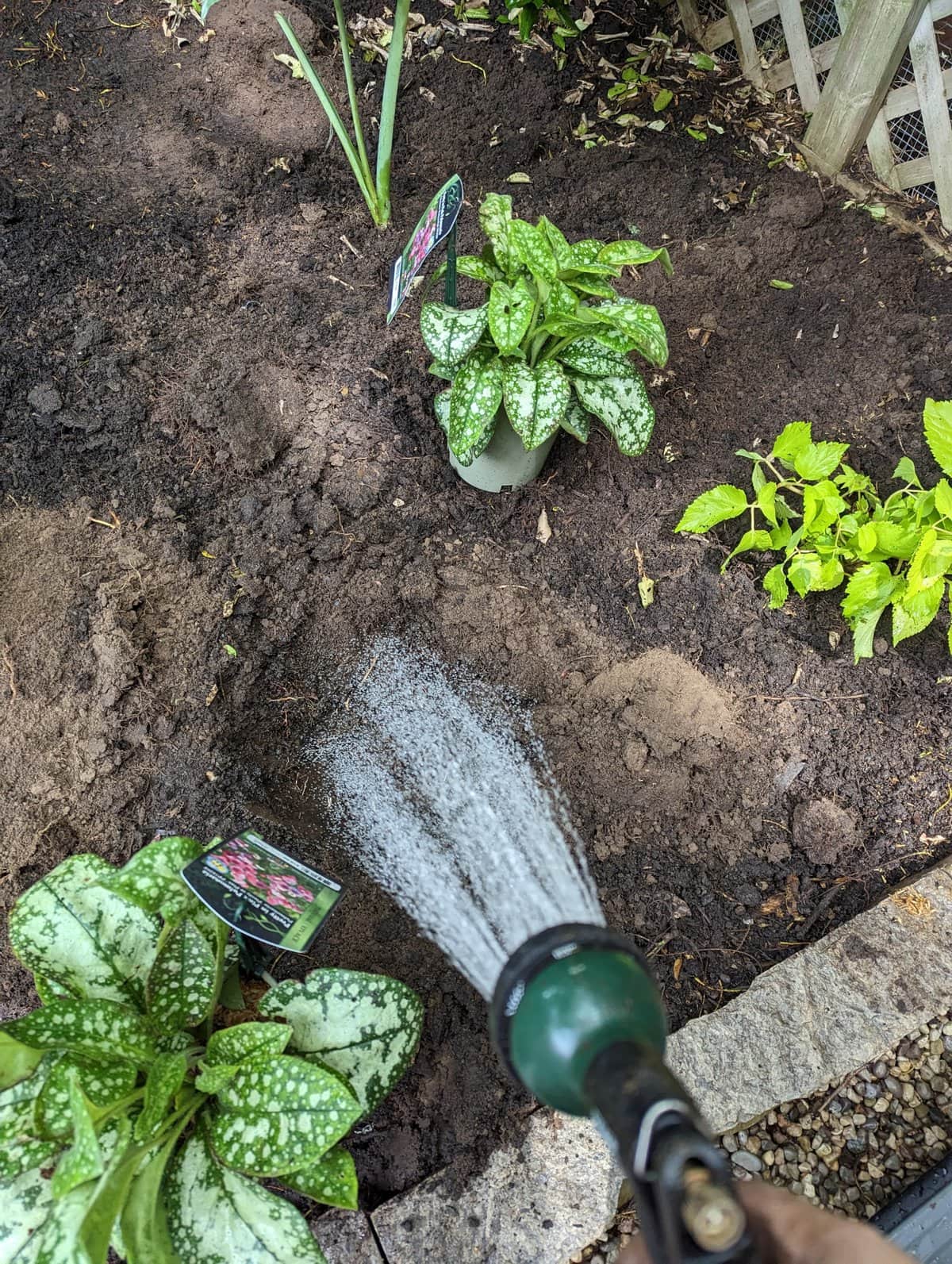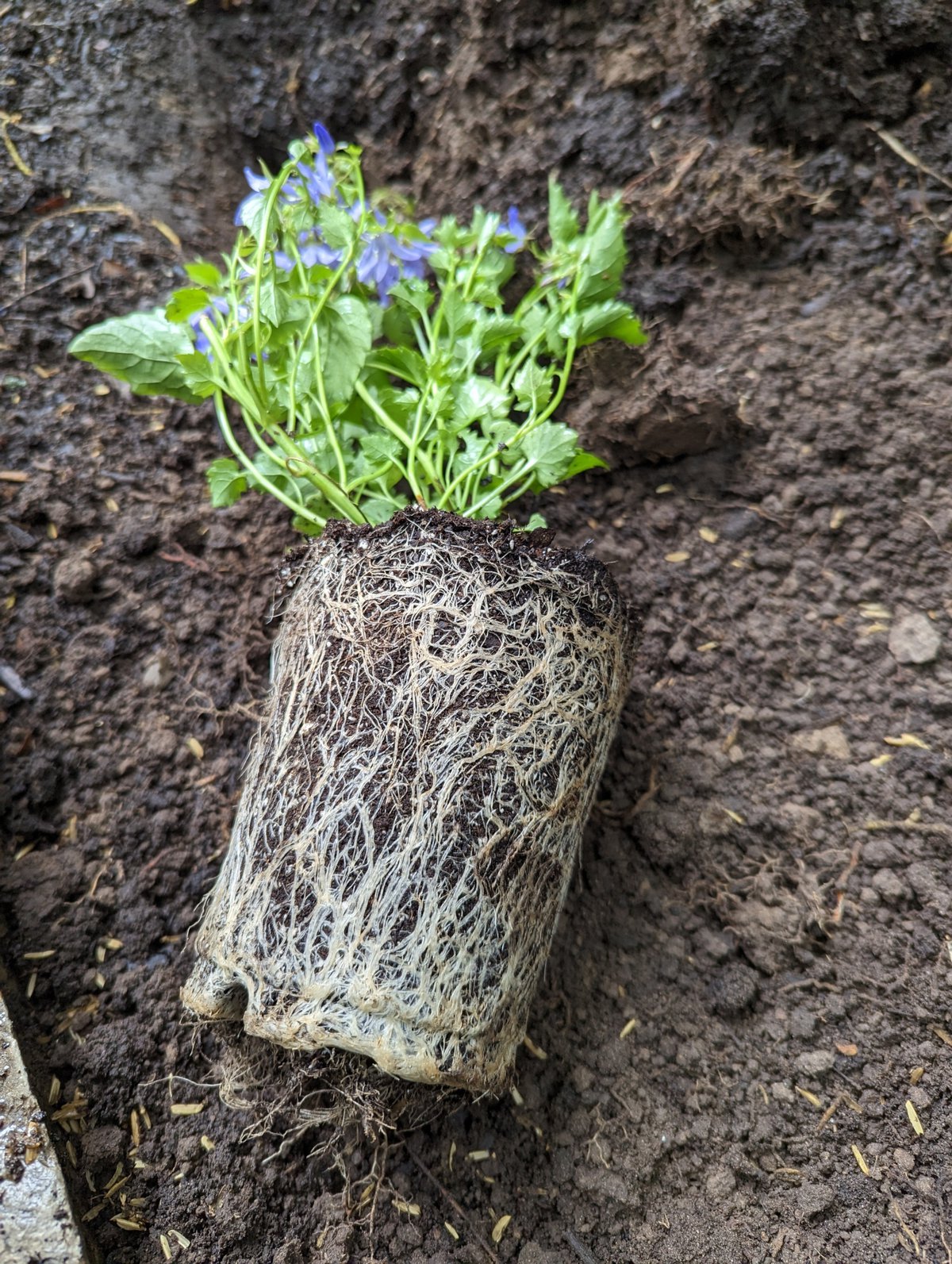Here are a few quick tips to keep your gardening flourishing over the summer months.
Planting in the summer
As I am writing this, we are getting some needed all-afternoon rain. Although it seems like we have been getting a fair amount of rain lately, it is amazing how dry the soil is.
On a recent planting job, we received some rain a couple of days that same week. Yet when I went to dig some holes to plant, the moisture was only in the top inch of soil – lower than that, it was bone dry.
When doing new plantings at this time of year, the best thing you can do is to make sure the soil around the new root ball is moist before planting.
The easiest way to do this is after you have dug the hole, pour some water into the bottom of the hole, and allow time for it to soak into the soil.
Once the water has soaked in, go ahead and plant. By adding the water into the soil first, the moisture is right at the roots and ready to be absorbed.
The soil will stay moist and lower down for some time because the sun is not hitting that area and drying it out.
Another tip when you are planting at any time of year, but especially now since the plants have been in their pots longer, make sure you loosen up the root ball with your fingers first.
When you slip off the pot, you may find the roots have been circling around the root ball. If put into the ground that way, the roots will tend to keep circling in the same manner.
Therefore, it is important to loosen up the root ball a bit before planting. This way the roots will go out into the soil quicker.
Watering your plants
Watering your lawn and garden during the dry, hot summers seems to be a guessing game. What is too much water? What is too little water? When is the best time to water?
Unfortunately, it is not a cut-and-dry answer. It is dependent on several factors such as the amount of sunlight it receives, your soil type and the type of plants you have there. Here are some facts that will help you out:
First, your lawn requires one inch of water per week to stay healthy. It is better to give your lawn this amount at one time as opposed to a fraction of an inch four or five times a week.
By watering heavier at one time, the moisture will penetrate into the soil deeper and remain moist for a longer period of time. When you water a little bit every other day, for example, the moisture quickly evaporates and does little good.
A good way to measure how much water it is getting is to set out a dish or tuna can. When there is an inch of water in the container, that is enough. If you have an irrigation system, the same principle applies – water heavier and less frequently.
Second, not all plants require the same amount of water. You need to get to know the ones that need more water and those that need less. Also get to know the areas that do not receive water from rainfall, i.e. under the overhang and under trees.
Third, newly installed plants will require more water than plants that are well-established because they have a limited root ball.
Mulching your gardens can cut your water usage by as much as 30 per cent, saving you both money and time.
Raising the blade height on your mower
As the temperatures go up, so should the blades on your lawn mower. We do this for a couple of reasons, but the main reason is that the longer grass blades are the more that they will help to shade the soil, stopping the sun from drying out the soil.
Soil with a healthy moisture level will promote good root growth, too. A strong root system will give you healthy grass and thick coverage.
The recommended cutting height in the summer is three-and-a-half to four inches. Cutting the grass too short in the summer stresses the lawn.
Not only will a short cut cause the soil to dry quicker, but it also thins out the lawn and increases the number of weeds that will come through and the number of insects.
Remember to take some time to enjoy your garden.
Joanne Young is a Niagara-on-the-Lake garden expert and coach. See her website at joanneyoung.ca.













